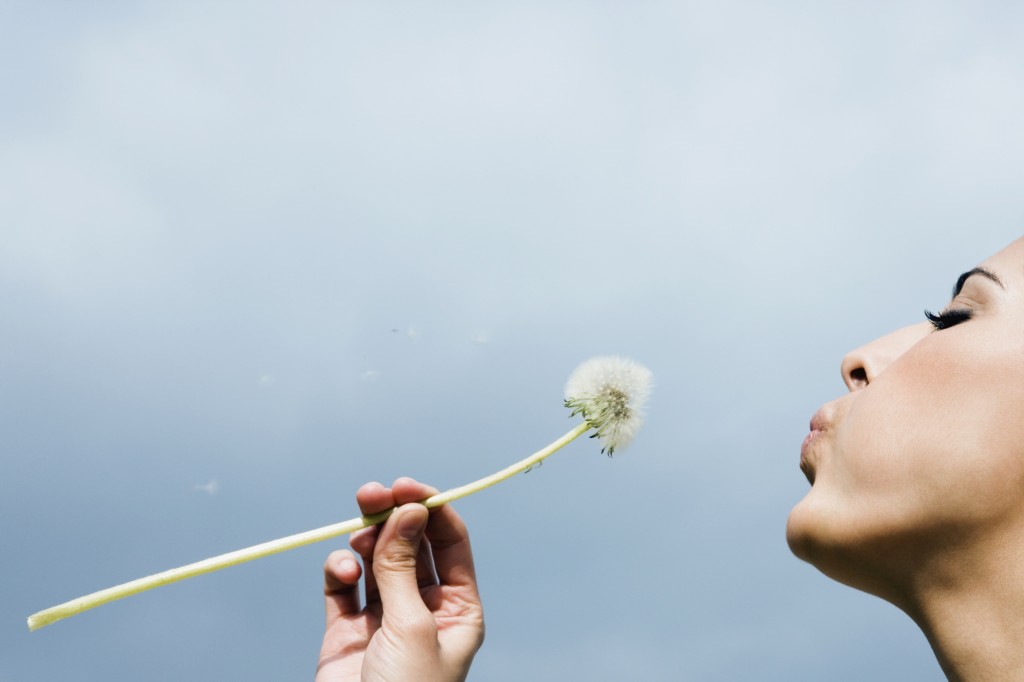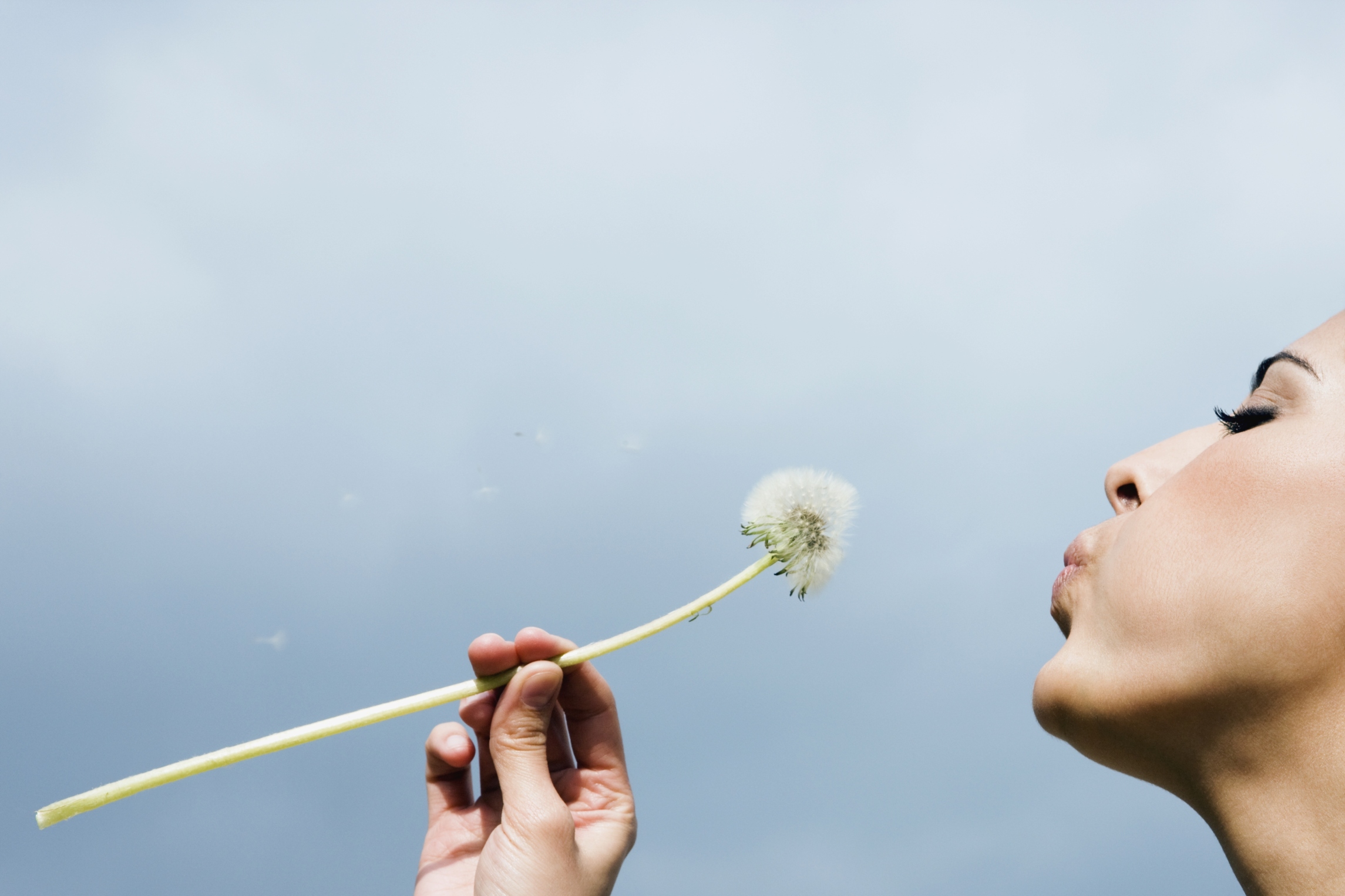
By Colleen Kennedy
Nature is unwinding into summer with fresh green growths in full swing and flowers popping out in celebration all around us. Summer offers the perfect time of year to align ourselves with nature and welcoming in all it has to offer. We are blessed with many powerful cleansing and nutritive herbs this time of the year. Many of you may just call them weeds, but wait until you hear what power they have!
The ‘organs of elimination’ are the functional basis of naturopathic and herbal medicine. We have five – the liver, lungs, bowels, kidneys and the skin. Running alongside these, we have our circulatory system and lymphatic system. They both aid in the removal of debris, metabolic breakdown from internal and external toxins. These organs all need to be focused on if you’re involved in any kind of cleansing regime, because if one is struggling, it puts undue pressure on the others. For instance, when the liver is busy dealing with the usual daily toxins, and then has to deal with reabsorbed toxins from a constipated gut, it has to offload to another organ, which can often be the skin, in the form of rashes, breakouts and acne. There’s no point focusing on a liver cleanse, if you don’t move the bowel every day. We can help support all these organs of elimination with a blend of herbs and nutrients and it is a great service to your body and mind to perform biannual cleanses, just like you service your car. In Ireland, we are also blessed with a great selection of local herbs to inspire and help us on our way.
Dandelion (Taraxacum officinalis), or Tarax, as we herbalists fondly refer to her. What a powerhouse. The sunshine flowers can be eaten in salads and used to make a healing infused oil. The leaves are a famed diuretic, commonly used to treat water retention and sluggish lymphatic problems and suitable to use in salads. The double benefit here, is that dandelion is also rich in potassium, which is often left depleted after use of orthodox diuretic medication. Dandelion root is a fodder also often overlooked. The root has a bitter quality and so is more concerned with digestion and liver support. It stimulates the flow of bile and other digestive enzymes in our digestive system. Roots can be harvested in the autumn and roasted to make a lovely earthy drink, Dandelion Coffee; no caffeine here.
Nettle (Urtica dioica). Nettle leaves are a rich source of nutrients like iron, potassium and chlorophyll and have a great blood building quality. Nettle can be added to soups and stews, almost like you’d use spinach. I make a lovely nettle pesto with wild garlic. Nettle is also a good kidney tonic and strengthens the vitality of this organ while also encouraging the excretion of toxins. Used as a hair rinse, nettle infusion will help grow, thicken and darken your hair! Those who are prone to seasonal allergies would do well to drink a cup or three of nettle tea throughout the season. It will help reduce the infl ammations associated with hayfever and allergic rhinitis. In fact, there used to be a practice of urtication in place throughout indigenous cultures, which involved self-lashing of nettles on the skin and joints to help with arthritis. This isn’t as common in our culture these days! The root of nettle is also useful medicinally, helping to reduce swelling of the prostate.
Stickyback, Goosegrass or Cleavers, her Latin name is Galium Aparine. And what a most impressive lymphatic cleanser! Cleavers work as a tonic to the lymphatic system while promoting the diuretic action in the kidneys. It has a long tradition of treating swollen glands, tumours and nodules. Cleavers can be taken as an infusion, tincture, juiced and the leaves eaten in salads. The sticky seeds can even be roasted and ground into a coffee substitute drink too.
Other herbs worth a mention are Burdock Root, which has an affinity with the liver because of its bitter principles, but also helps with dry and scaly skin complaints such as psoriasis. It’s worth having a bit of patience with this herb as it can be slow acting, but effective when used over a long period of time.
Yellow Dock Root (Rumex crispus) is another of nature’s little gems. The root when harvested is a yellow colour, and has an active role in bile fl ow, thereby encouraging regular evacuation of the bowel. The anthraquinone glycosides are very potent peristalsis stimulators, but when accompanied by the tannins in this plant, it softens the action. Also a very nutritive plant, it is a source of vitamins A, B and C and minerals such as calcium. Finally a mention of Rosemary (Rosmarinus officinalis), Red clover (Trifolium pratense) and Plantain (Plantago lanceolata), all are worthy of including in your herbal cleansing repertoire!
A word of caution, however. Please use common sense when harvesting these herbs, as they are often sprayed with weedkiller or growing near a road where exhaust fumes may be a problem. Choose a pollution free zone, and approach with gratitude! Consult your local herbalist and naturopath to fi nd out more about supported cleanses.
Colleen Kennedy graduated in herbal Medicine and naturopathic nutrition from CNM and also lectures in herbal Medicine at CnM Galway and Dublin Campus. for Information on CnM courses in natural Therapies available nationwide visit naturopathy.ie
This is an taken from our Summer 2015 issue. Subscribe here to have the autumn issue and the following three delivered direct to your door.


